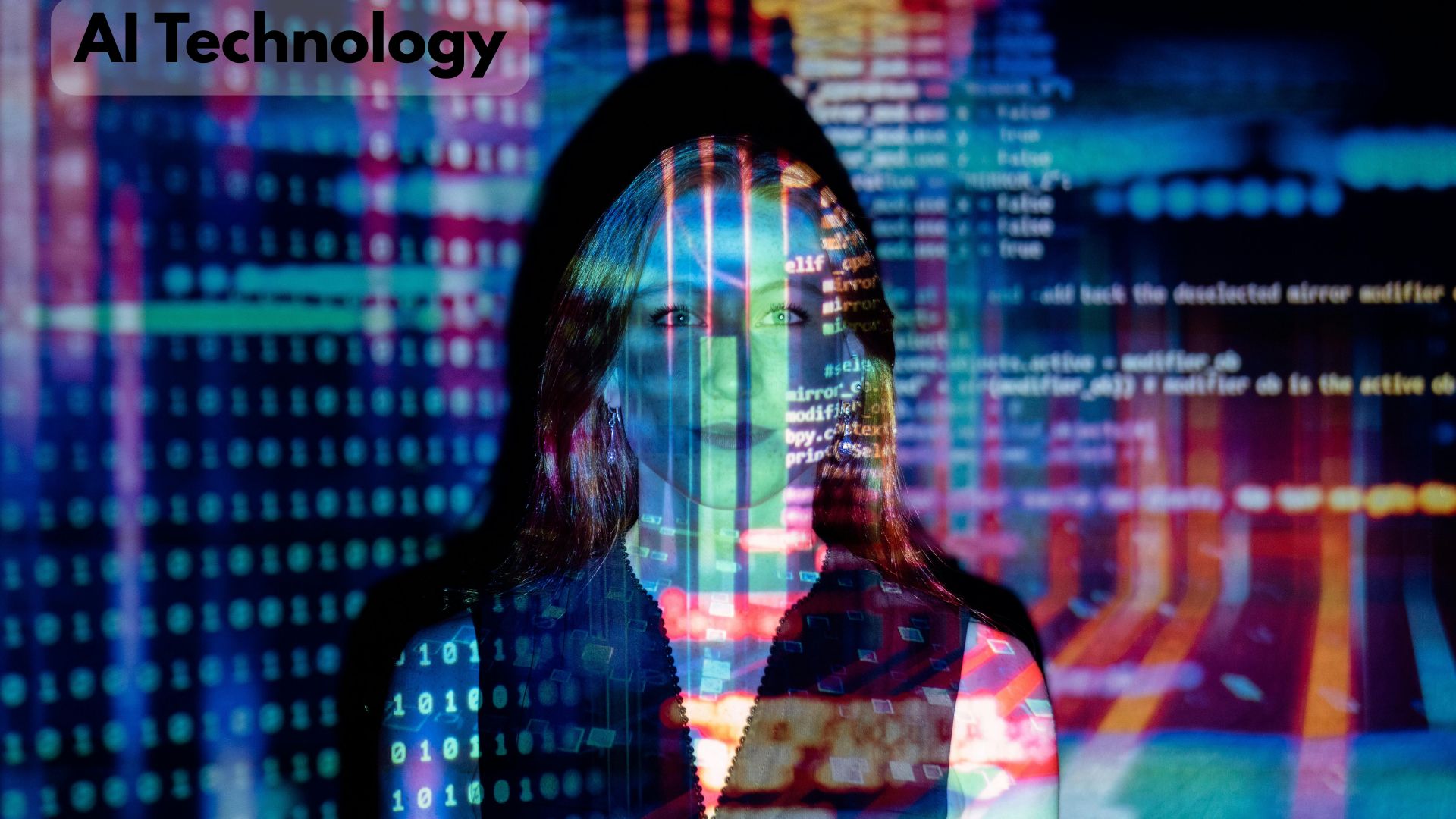AI Technology: Transforming the Future of Innovation
Introduction
Artificial Intelligence (AI) has rapidly evolved from a theoretical concept to a transformative force reshaping industries, economies, and everyday life. At its essence, AI refers to the simulation of human intelligence processes by machines, especially computer systems. These processes include learning (acquiring information and rules for using it), reasoning (using rules to reach approximate or definite conclusions), and self-correction.
As of 2025, AI is embedded in countless applications—from personalized digital assistants and autonomous vehicles to fraud detection systems and medical diagnosis tools. This article explores the core components of AI, its major real-world applications, benefits, challenges, and its projected trajectory, while including both internal and external resources to deepen your understanding.
What is Artificial Intelligence?
Artificial Intelligence involves creating systems that can perform tasks typically requiring human intelligence. These tasks include:
-
Visual perception
-
Speech recognition
-
Decision-making
-
Language translation
AI can be categorized into three broad types:
-
Narrow AI (Weak AI): Designed for specific tasks (e.g., voice assistants like Siri or Google Assistant).
-
General AI (Strong AI): Hypothetical systems with cognitive capabilities equivalent to a human.
-
Super intelligent AI: Future potential systems that surpass human intelligence across all fields.
Most current applications fall under narrow AI, but research into general and super intelligent AI continues to gain momentum.
Core Components of AI Technology
1. Machine Learning (ML)
Machine Learning is a subset of AI where systems learn from data to improve performance over time without being explicitly programmed. ML is widely used in recommendation engines, predictive analytics, and speech recognition.
2. Deep Learning
A more advanced form of ML, deep learning uses artificial neural networks inspired by the human brain. It excels in image and speech recognition tasks and is the foundation for technologies like facial recognition and autonomous driving.
3. Natural Language Processing (NLP)
NLP enables computers to understand, interpret, and generate human language. It’s used in chatbots, translation tools, sentiment analysis, and voice-activated assistants.
4. Computer Vision
This AI field helps machines interpret and make decisions based on visual data. Applications include facial recognition, object detection, and medical imaging.
5. Robotics
AI-powered robots perform complex tasks in industries such as manufacturing, logistics, and healthcare, often increasing efficiency and safety.
Real-World Applications of AI
AI is no longer confined to labs and research institutions. It plays a pivotal role in various industries:
Healthcare
-
Diagnostics: AI algorithms detect diseases like cancer and diabetic retinopathy with remarkable accuracy.
-
Personalized Medicine: AI analyzes genetic data to recommend custom treatments.
-
Administrative Efficiency: Automating documentation and billing processes.
Internal resource:
How Technology is Shaping Modern Healthcare
Finance
-
Fraud Detection: Machine learning models flag unusual transactions in real time.
-
Algorithmic Trading: AI-driven strategies execute trades faster and more accurately than humans.
-
Chatbots: Virtual assistants streamline customer service operations.
External resource:
Forbes: AI in Finance
Retail and E-commerce
-
Personalized Recommendations: AI analyzes user behavior to suggest relevant products.
-
Inventory Management: Predictive analytics help maintain optimal stock levels.
-
Customer Service: AI chatbots provide instant assistance, reducing wait times.
Transportation
-
Autonomous Vehicles: Self-driving cars rely on AI for navigation and decision-making.
-
Traffic Management: AI predicts and alleviates congestion in urban areas.
Education
-
Smart Tutors: AI-powered applications offer customized learning paths.
-
Administrative Tasks: Automating grading and feedback processes.
Internal link:
AI in Education: Intelligent Technology in Classrooms
Advantages of AI Technology
1. Efficiency and Automation
AI handles repetitive tasks faster and more accurately than humans, improving productivity across industries.
2. Enhanced Accuracy
AI systems minimize human errors, particularly in data-intensive domains like finance, logistics, and healthcare.
3. 24/7 Availability
Unlike humans, AI systems can operate continuously without fatigue, ideal for industries requiring constant uptime.
4. Personalized Experiences
AI tailors user experiences in apps, websites, and digital services by learning from past behavior.
5. Data-Driven Decisions
AI analyzes massive datasets in real time, providing insights that drive strategic decisions and competitive advantage.
Challenges of AI Adoption
Despite its numerous advantages, AI presents several technical and ethical challenges:
1. Data Privacy
AI systems require vast amounts of data, raising concerns over privacy, consent, and data misuse.
2. Bias and Fairness
AI algorithms can unintentionally reinforce societal biases present in the data they’re trained on, leading to unfair outcomes in hiring, lending, and law enforcement.
3. Job Displacement
Automation threatens jobs in sectors like manufacturing, transportation, and customer support, sparking debates about economic inequality and workforce re-skilling.
4. High Implementation Costs
Developing and integrating AI systems can be costly, especially for small and medium enterprises (SMEs).
5. Regulatory Uncertainty
Governments are still formulating policies around AI, especially concerning accountability and transparency.
For a deeper exploration of these concerns, read this Harvard Business Review article.
The Future of AI Technology
AI is expected to become even more integrated into society. Future developments include:
1. Explainable AI (XAI)
Efforts are underway to create AI systems that provide understandable rationales behind their decisions, especially critical in sectors like healthcare and law.
2. AI and IoT Integration
Combining AI with the Internet of Things (IoT) will allow for smarter, self-regulating systems in smart homes, cities, and factories.
3. Quantum AI
Quantum computing may dramatically accelerate AI training processes, opening new frontiers in drug discovery, cryptography, and logistics.
4. Ethical AI Frameworks
Governments and organizations are developing standards to ensure AI is fair, transparent, and accountable.
Conclusion
AI technology is undeniably one of the most significant innovations of the 21st century. From transforming industries and improving productivity to personalizing user experiences and revolutionizing healthcare, the impact of AI is profound and growing.
However, alongside its many advantages come serious ethical, economic, and social challenges. Addressing these concerns through thoughtful regulation, inclusive innovation, and robust public-private partnerships is crucial to ensuring that AI serves the greater good.
As AI continues to evolve, staying informed and adaptable will be key to thriving in the AI-driven future.
